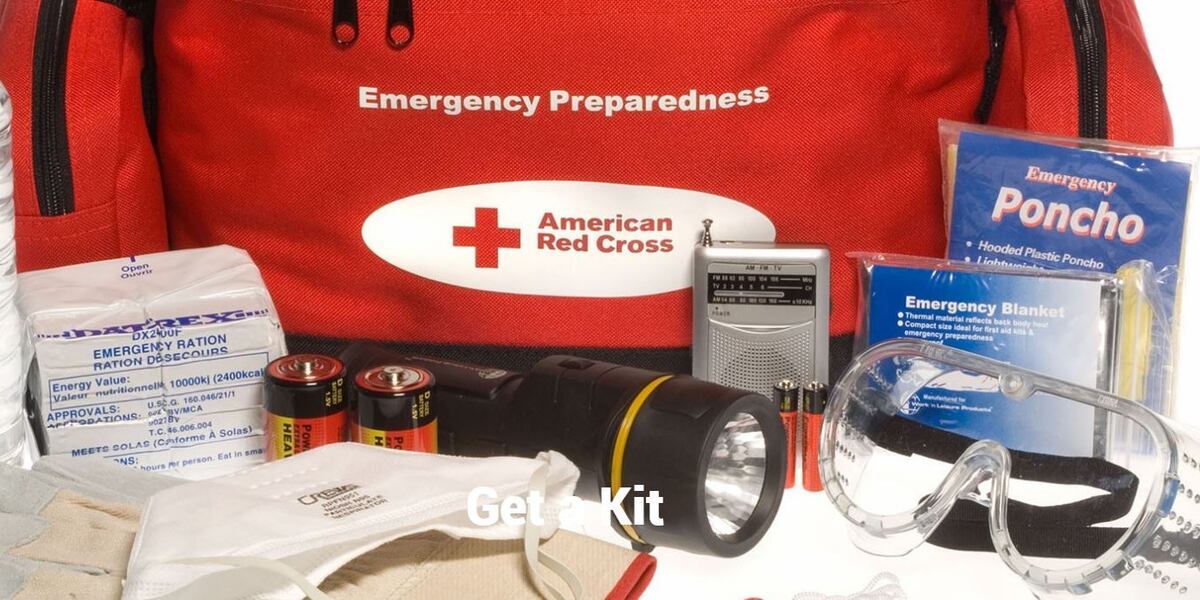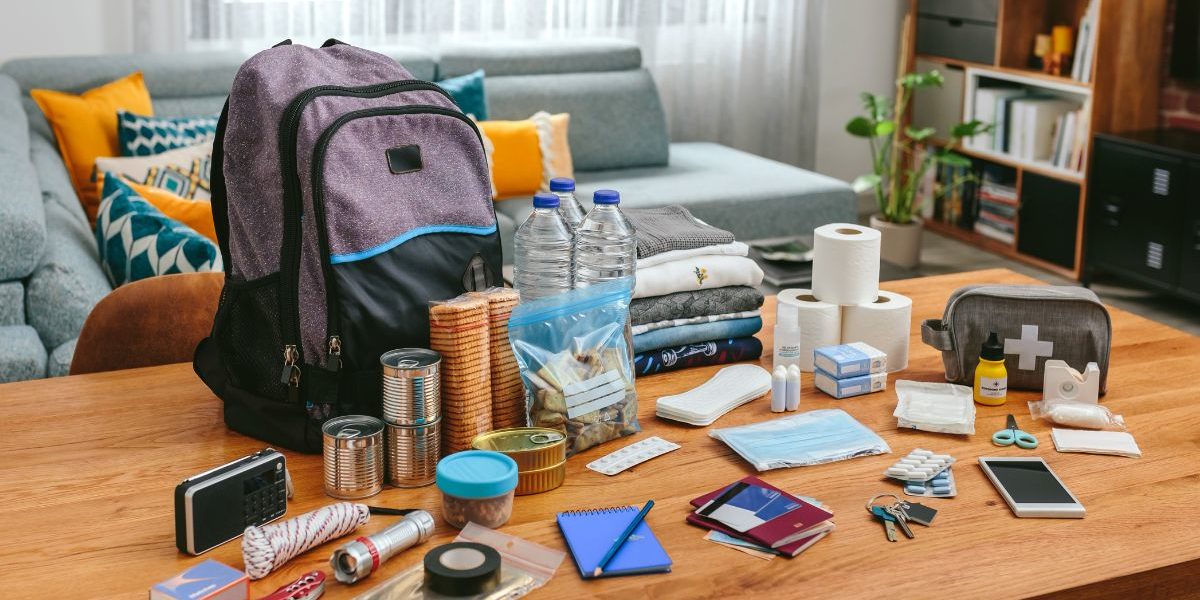Essential Emergency Preparedness: The Importance of Emergency Response Kits
In an unpredictable world, being prepared for emergencies is crucial. Whether it’s a natural disaster, a medical emergency, or unforeseen circumstances, having an Emergency Response Kit can make all the difference in ensuring the safety and well-being of yourself and those around you. This article delves into the significance of emergency response kits and the key components that should be included.
Understanding the Need:
Emergencies can strike at any time and without warning. It could be a sudden power outage, a severe storm, or even a medical crisis. Being prepared means being able to act swiftly and effectively. Emergency response kits serve as a lifeline during these critical moments, offering a sense of security and the tools needed to navigate through challenging situations.
II. Components of an Emergency Response Kit:
A well-prepared emergency response kit should include a range of essential items to address various types of emergencies. The key components may include:
- First Aid Supplies:
- Bandages
- Antiseptic wipes
- Pain relievers
- Tweezers and scissors
- First aid manual
- Food and Water:
- Non-perishable food items (energy bars, canned goods)
- Water bottles or purification tablets
- Clothing and Shelter:
- Weather-appropriate clothing
- Blankets or sleeping bags
- Emergency shelter (tents or tarps)
- Communication Tools:
- Battery-powered or hand-crank radio
- Flashlights with extra batteries
- Whistle for signaling
- Personal Documents:
- Copies of important documents (ID, insurance, medical records)
- Emergency contact information
- Multi-tool and Utility Items:
- Swiss army knife or multi-tool
- Duct tape and rope
- Plastic bags and ties
III. Customizing for Specific Needs:
It’s important to tailor your emergency response kit to the specific needs of your household. Consider any unique medical requirements, dietary restrictions, or special considerations for infants and pets. Customizing your kit ensures that it meets the specific needs of your family in times of crisis.
IV. Regular Maintenance and Updates:
Emergency response kits are not one-size-fits-all and require regular maintenance. Check expiration dates on food and medication, update documents, and replace batteries as needed. Periodic reviews and drills with your family can help ensure everyone is familiar with the kit’s contents and how to use them.

V. Community Involvement:
Emergency preparedness is not just an individual responsibility; it’s a community effort. Encourage your neighbors to also have emergency response kits and consider organizing community drills or information sessions. Being prepared as a community enhances overall resilience and response capabilities.
VI. Special Considerations for Evacuation:
In some emergencies, evacuation may be necessary. Therefore, your emergency response kit should include items essential for a swift departure. This may include a compact go-bag with a change of clothes, personal hygiene items, and a small supply of your medications. Ensure that your kit is easily portable, making it convenient to grab and go when seconds count.
VII. Training and Education:
Having an emergency response kit is only half the battle; knowing how to use it is equally important. Consider taking first aid and CPR courses to enhance your emergency response skills. Being educated on basic survival techniques and knowing how to administer first aid can be invaluable during a crisis.
VIII. Financial Preparedness:
Emergencies often come with unforeseen financial burdens. Stash some cash in your emergency kit, as ATMs and card transactions may be unavailable during certain emergencies. Having some financial resources readily available can help you secure necessary supplies or transportation in the immediate aftermath of a crisis.
IX. Staying Informed:
Regularly staying informed about potential hazards in your region is a key aspect of emergency preparedness. Subscribe to local emergency alert systems, follow weather updates, and be aware of community evacuation plans. Having this information at your fingertips allows you to make informed decisions and respond appropriately during emergencies.
X. Environmental Sustainability:
Consider the environmental impact of your emergency response kit. Opt for reusable items when possible and choose eco-friendly packaging for your supplies. Sustainability in emergency preparedness not only ensures a healthier planet but also encourages responsible citizenship in times of crisis.
XI. Technology in Emergency Preparedness:
Leverage technology to enhance your emergency preparedness. Use smartphone apps to receive emergency alerts, store digital copies of important documents, and maintain a list of emergency contacts. Portable power banks or solar chargers can also keep your electronic devices operational when traditional power sources are unavailable.
Conclusion:
Emergency response kits are not just about surviving the immediate aftermath of a crisis; they are about empowering individuals and communities to withstand and recover from unforeseen events. By taking a proactive approach to emergency preparedness, you contribute to the overall safety and resilience of yourself, your family, and your community. Remember, the investment you make today in your emergency response kit can be a lifesaver tomorrow. Stay prepared, stay safe.
Investing time and effort in creating and maintaining an emergency response kit is a proactive step towards safeguarding yourself and your loved ones in the face of unexpected challenges. The peace of mind that comes with knowing you are well-prepared is invaluable, and it can make a significant difference in the outcome of an emergency situation. Prepare today, so you can face tomorrow with confidence and resilience.

